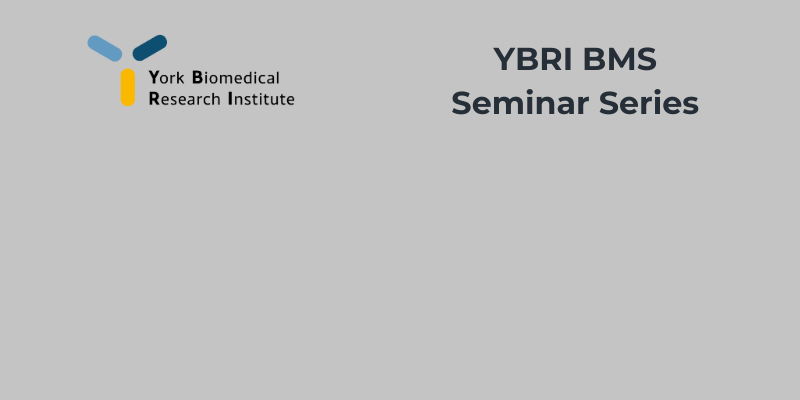
The kinetic-segregation model of T-cell receptor triggering Professor Simon Davis (University of Oxford) presents his work on the kinetic-segregation model of T-cell receptor triggering. Hosted by Professor Gavin Wright.
Event details
Abstract
About the speaker

Professor Simon Davis
Simon is a Professor of Molecular Immunology in the Medical Sciences Division of the University of Oxford. In 1995 he established his own laboratory in what is now the Radcliffe Department of Medicine, and is now based at the MRC Weatherall Institute of Molecular Medicine, which is led by Professor KJ Patel. Simon is also a member of the MRC Human Immunology Unit, directed by Alison Simmons. His labs focus has been on the cell biology of the T-cell surface. They have developed general methods for crystalizing glycoproteins and determined the structures of key T-cell surface proteins including the first adhesion protein (CD2) and its ligand CD58, the costimulatory receptor CD28 and its ligand CD80, and the large tyrosine phosphatase CD45. The Davis Lab have also worked out how weak, specific recognition is achieved by these types of proteins and obtained the first insights into the likely overall composition of the T-cell surface. Most importantly they proposed, with PA van der Merwe, one of the most complete and best-supported explanations for leukocyte receptor triggering, called the kinetic-segregation model.